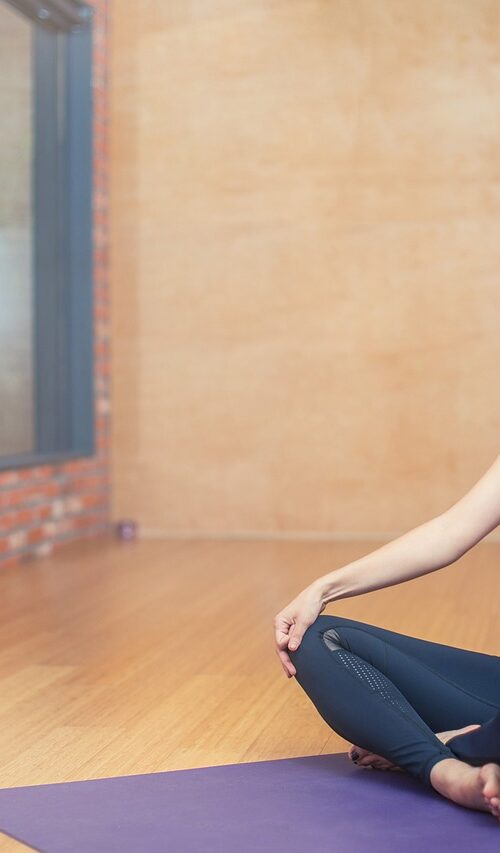“I do yoga every day, and it’s become an essential practice for helping me manage stress and maintain focus at work.” Jeff Weiner, Former CEO of LinkedIn
HEALTH AND BALANCE MADE EASIER WITH A
Personal Yoga Instructor
Expert, customized, and convenient yoga instruction in San Diego.
“I have enjoyed practicing yoga with Margy for well over a year now.
Lara J.
The biggest change I have found is in my focus. She has helped me get into focus quicker, stay in it longer, and refocus quicker when I fall out. I feel the impact off of my mat too--it has helped my connectedness within my community and supported my relationships. And regular realignment and stretching from the practice keeps me comfortable and injury-free in my other activities.”
What We Offer

One-on-One Yoga Classes
Experience the benefits of expert yoga instruction tailored to your goals and schedule, in the comfort of your home or at Margy's private practice space in PB.

Events And Retreats
An intentional pattern interrupt. Whether your event is a wellness-focused respite or a business conference, our classes help your people level-up.
Chronic pain and discomfort might be the norm these days, but they’re not normal. You’re meant to feel good in your body! When you do, your entire life will improve.
Seriously. When you feel good, every activity (from the mundane to your favorite sports) is more enjoyable. You'll also stand taller, shed pounds, and have more energy. And the mental space you used to give to thinking about how badly your back or hips feel can be directed toward the things that bring you joy.
Yoga Programs for Your Personal Goals
Would you like to improve your habits, relieve back pain, reduce stress, or start meditating?
But feel like you don't have time?
Let us tailor a wellness program around your busy schedule, to support your goals and needs.
Vasanta Yoga - by Margy Rose Private Yoga
About Us
We're dedicated to helping ambitious folks live and lead better.
- Founded in 2020
- Margy eventually pivoted from teaching catch-all classes to focusing on executives and entrepreneurs
- As a business owner, she knows first hand the struggle to handle stress, find balance, and the importance of using various wellness modalities to stay on-point
- She and the team bring thousands of hours of experience
- And are driven by a passion for the life-enhancing practices of yoga, and a dedication to helping others thrive in the office and at home
- We love working with go-getters who show up and get sh*t done
"The greatest wealth is health." Virgil
Schedule a quick consultation call.
A complimentary intro session is offered after the initial phone call.
Resources to Support Your Wellbeing
Vasanta Yoga
Expert yoga instruction personalized for you, on your schedule. Achieve your wellness goals with tailored yoga sessions designed around your needs and availability.





